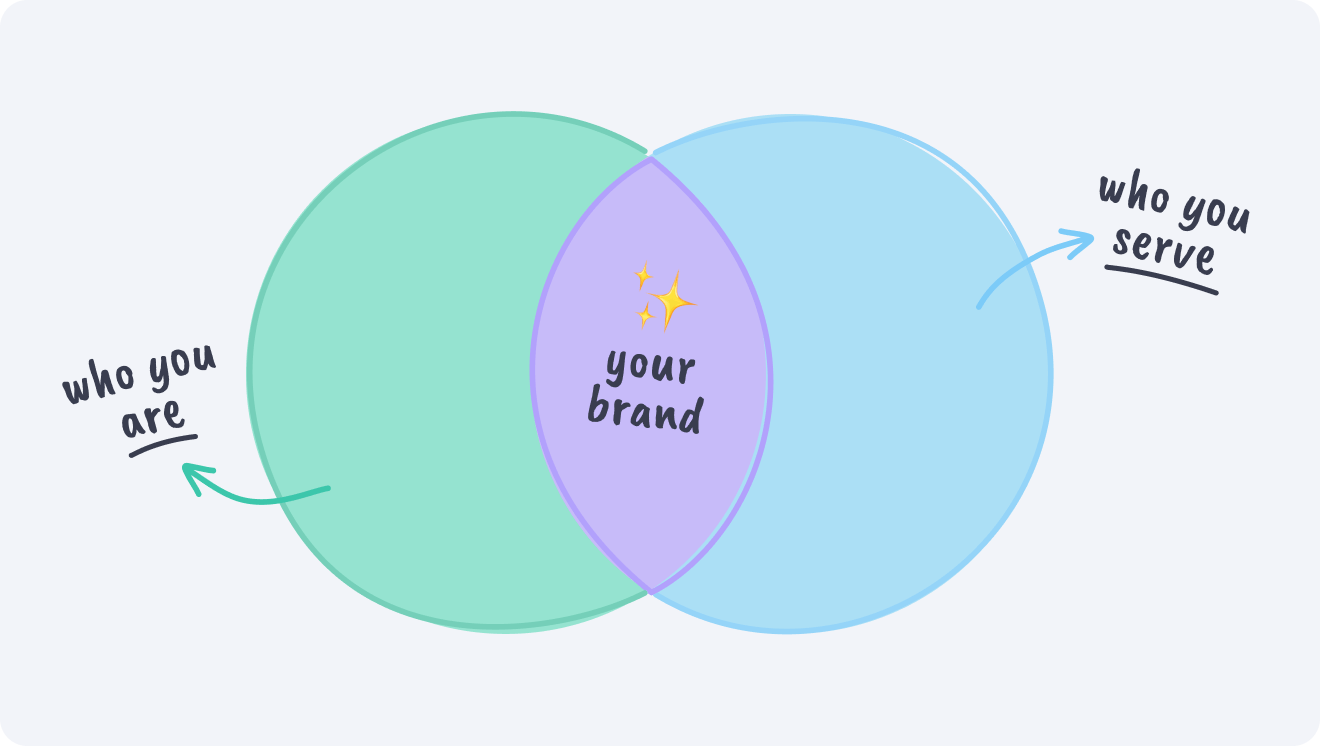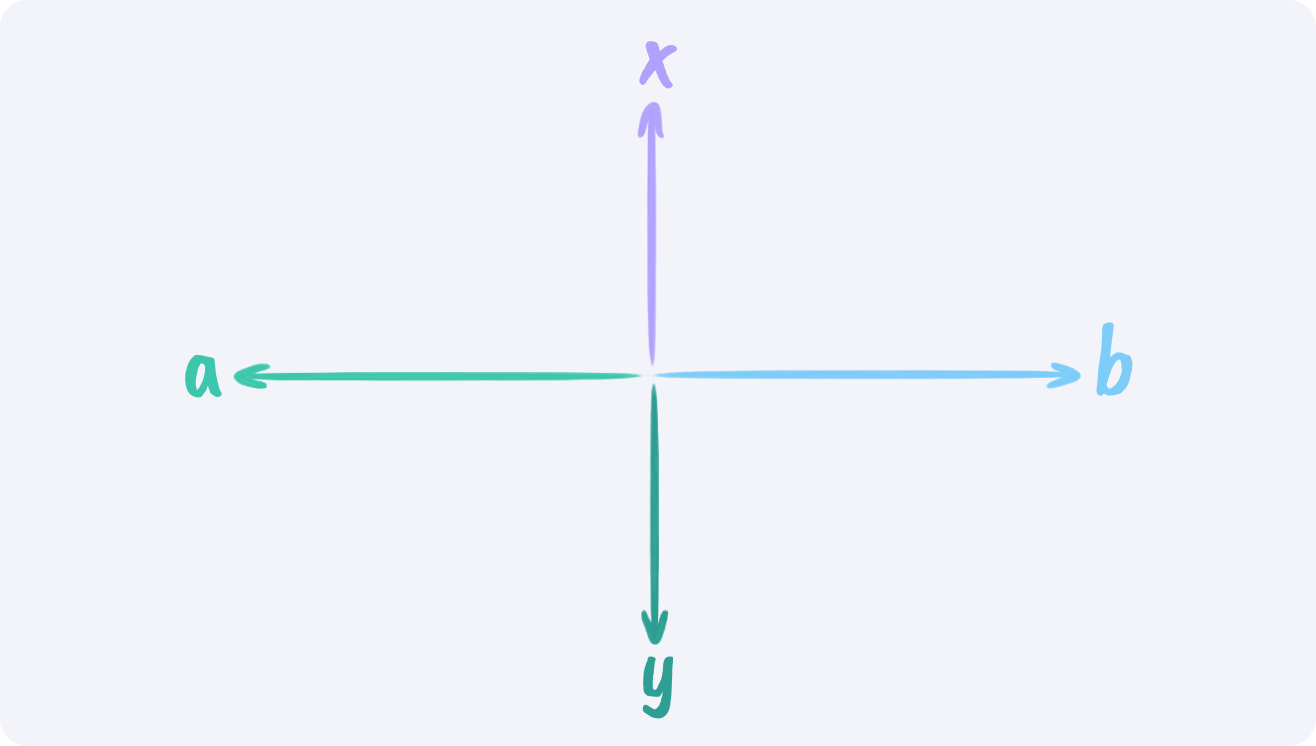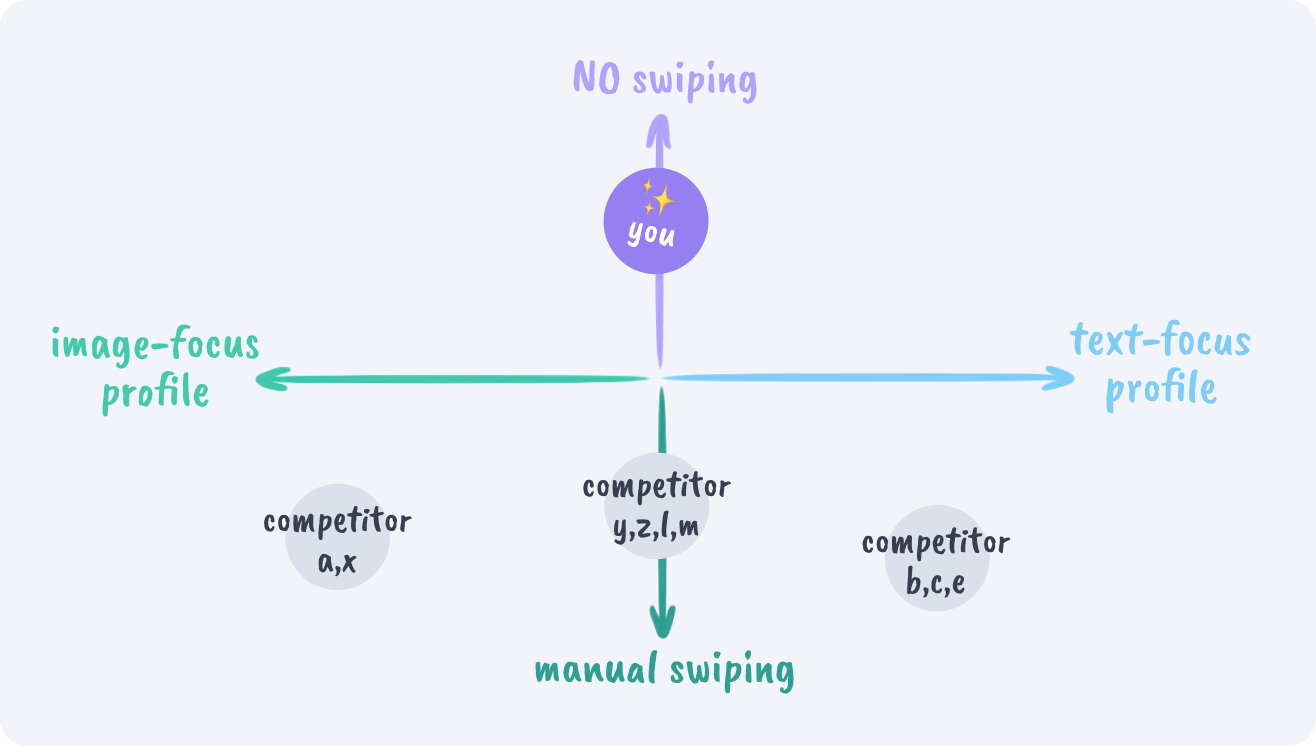
September 13th, 2022
Brand strategy DIY kit for bootstrapped founders
The most successful startups around us all have one thing in common: they bring added value to the world we live in. Be it Tik Tok’s mission “to inspire creativity and bring joy”, Apple’s original manifesto to “the crazy ones, the misfits and the rebels” or Gorilla’s promise to be “faster than you” when it comes to grocery shopping – all of them have managed to identify and formulate their added value to the world.
A founder could create the best product on the market, use the most advanced tech; it isn’t of much use if no one sees, understands and connects with it.
Your stellar offer needs the foundation of a strong brand and UI to leave a lasting impression on other humans, from the investors to the end user, and create the impact for which it’s destined.
Branding isn’t an option anymore
In an uber-crowded marketplace, an on-point and well-crafted brand can help your startup stand out. By “brand”, we mean the core of your company’s existence: its mission, purpose, and vision.
What’s more, a clear identity naturally inspires trust. People trust what they can see and the clearer it is the better. A consistent identity across touchpoints and time is key for your startup story and product to feel professional and resonate with investors, co-founders, designers, and clients.
Now, it’s probably still early days in the life of your startup, and hiring an agency for a full branding experience might be too big of an investment.
Understandable, and sensible – but it doesn’t mean you should skip branding altogether! We have created an actionable DIY brand guide for tech startups to get you going.
But, before we start, let’s answer this question.
What’s a brand anyways?
Contrary to common knowledge, brand and strategy are intertwined, laying the foundation for your business. They’re actually two sides of the same coin, your strategy is functional, and your brand is emotional. They both define the essence of your business and make it stronger against the competition.
A brand runs much deeper than a name and a logo. It’s your identity, your promise, your reputation. It’s how your company presents itself to the world.
Way before the visuals come in, your brand is made of the following elements:
- Your company’s mission, vision, purpose, and impact on the world
- Your unique selling point(s)
- Your positioning in the market
- Your brand values
- Your brand personality
Having these things well defined will align all the creatives that join your team downstream – product designers, marketing designers, and marketers.
This article will guide you step-by-step to create your brand identity. You’ll already be able to incorporate these elements in your pitch decks and share them with your designer or with us to design your product.
The DIY brand-building guide for bootstrapped tech startups
As for everything in life, we start with “Why”.
Step 1. The Golden Circle
Before we get too strategic, let’s take a step back into your vision and motivation. Brands based on an inspiring vision and a core belief have been proven to outperform brands that focus on features.
The Golden Circle is a framework that helps founders determine why they’re doing what they’re doing, giving a soul to their brand.
Action:
Go back to the day you decided to build your product and embark on the startup journey. What was the motivation there? And what was the belief fueling this motivation?
Example:
Let’s say you’re building a dating app where an AI matches people automatically based on their profile, saving busy millennials precious time (and sanity!) from the endless swiping.
Your motivation is to help people get quality matches without losing their sanity over it.
The belief behind this could be that you believe technology should be a tool that improves people’s lives and not enslave them to their phones.
The “Why” behind a company can be very personal and usually based on the founder’s life story, values or personal beliefs. So, don’t hesitate to go inward for this exercise and dig up your worldview.
Now that you have your “Why”, let’s continue with the “How” and “What”.
In our example, the “How” could be “we harness the power of AI at the service of people”.
And the “what”: “a dating app where all the hard work of swiping is done for you by an AI, saving you time and sanity.”
Tip: Your “Why, How, What” is an excellent addition to your investor pitch deck and will help differentiate your startup from others! We tell you more about this in this article.
Step 2. Purpose, Mission, Vision, and Impact
From your Golden Circle comes your company mission, purpose, vision, and impact.
Purpose: Your “Why”
Mission: Your grand plan to achieve your purpose.
Vision: How does success look for your startup?
Impact: What does the world look like with your product?
Action:
Using your strategic work and pitch deck, write down your company purpose, mission, vision, and impact. Try to keep it short.
Example:
Purpose: To make technology work for humans and not the other way around.
Mission: To give access to the power of AI to every single person looking for a partner.
Vision: We have set a new standard for online dating – easy, efficient.
Impact: A world where single people can look for a partner without wasting time and their sanity. A world where technology is at the service of people, not the other way around.
Tip: All these sentences are not just here to look nice on your pitch deck; they will be much appreciated by your web copywriter when you launch your website!
Step 3. Your target audience
Now that you know the fundamentals of who you are as a company, the next step is to define who you want to serve. Your brand sits right at the intersection between these two segments.

Your target audience will inform all the remaining steps, so keep it in mind.
You probably have already done this. If not, the High Expectation Customer framework, detailed in the article linked below, is an excellent way to navigate this exercise.
Action:
Read our article about audience definition.
Create your audience profile.
Example:
Benefiter: Single men in big European cities.
Hacker: Single men using a mix of online dating apps.
Expert: Single men taking this search for the one very seriously. They’ve read a lot about dating, use a tailored selection of apps, and go to speed-dating events. They have run several experiments with their bio, pictures, and so on. They’ve gone through a learning curve and now have a better experience than at the start, even if it’s still not ideal.
Step 4. Your positioning statement
All right! Now that we have determined what your brand stands for and who it serves, it’s time to create your positioning strategy. Your brand positioning is the foundation of your brand’s uniqueness, therefore helping differentiate it from the competition.
Action:
Using your market research, define your Unique Selling Point (USP). For this exercise, we love using positioning maps like the one below.

Once you’ve uncovered your USP, write your positioning statement following this structure: For [target audience] who [their need] the [your product] is [short desc] that [main value/feature] unlike [main competitor].
Example:
In our example, a positioning map could look like this:

And the positioning statement could be:
For millennial men looking for a life partner, XX is a dating app that creates automatic matches, sparing time and effort for the user, unlike anything else on the market.
Tip: Your positioning statement is an excellent addition to a pitch deck, a brochure or even your website. It captures in a sentence the essence of who you are and what you offer.
Step 5. Your brand personality
Let’s keep the momentum going with the last building block: a brand personality!
Action:
Think of your brand as a person. This person stands for what you stand for (your company purpose); she has the same mission as you and functions with the same values.
Now, let’s imagine this person’s personality. To help you, you can use these prompts:
How would people perceive her as she enters a room? What would her friends say about her?
Write a paragraph describing your brand’s personality.
Example:
When she enters the room, you can feel this person is kind: she looks at everyone with benevolence, she gives time to people when they talk to her, she smiles.
As my friend, I know that she’s passionate about technology. She’s contemporary, tuned to her time. But she doesn’t let her love for robots and AI turn her into one – she’s a lover of humans and humanity, genuinely benevolent towards others. She’s very human, not afraid to show emotions and enthusiasm. She loves beauty and aesthetics you can see it in her outfits. But that doesn’t make her inapproachable – she’s approachable and easy to talk to.
Tip: Include this paragraph in your brief for the designer!
Well done! You now have the foundation of your brand! 🎉
It’s not a small thing! This work will make your and your design team’s lives much easier!
To the external world, it will make your startup look professional and invoke trust. Internally, it is the glue between all your company’s future efforts, from marketing and comms to product strategy, creating consistency across the board!
And remember, you can always change things around later on, from your app’s design to your brand’s name. But with the brand foundations you’ve built with this guide, you’re sure that any change is intentional and within a set conceptual framework, making things much more streamlined and easier to communicate to your clients or investors.

Oumnia El Khazzani
Marketing Manager
SlowLettuce | Copyright 2024


